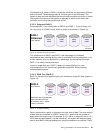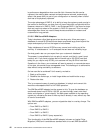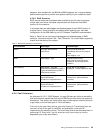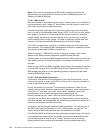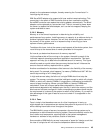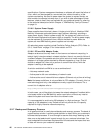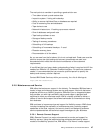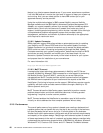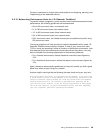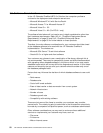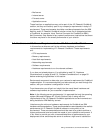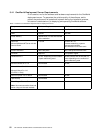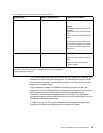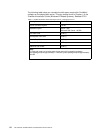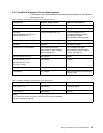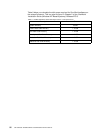Sizing, Considerations, and Recommendations 49
Contact a consultant for further advice and guidance on designing, planning, and
implementing a well balanced solution.
5.2.10 Networking Performance Hints for J.D. Edwards’ OneWorld
To prevent network congestion, and to improve overall network access and server
performance, the following guidelines are recommended:
• One to 50 concurrent users, one network card
• 51 to 150 concurrent users, two network cards
• 151 to 300 concurrent users, three network cards
• 301 to 500 concurrent users, four network cards
• 500+ concurrent users, four Network cards plus one additional card for every
250 concurrent users.
The above guidelines will help provide the required bandwidth within mixed J.D.
Edwards’ OneWorld environments. However, if most of your concurrent users
(75% or more) are operating in either a financial or distribution environment, note
that these particular environments are more event driven than others. You may
want to consider the following adjustments to the previous guidelines:
• For a financial environment, reduce the above concurrent users figures by
15%.
• For a distribution environment, reduce the above concurrent users figures by
10%.
Again, these are recommended guidelines, but they will provide you with a good
basis from which to start sizing your network.
Another helpful note might be the following that was found during our test runs:
With 10/100 Base-T NIC cards, in a switched port environment, it was found that
a 100 Mb server up-links to 10 Mb segments is not necessarily faster due to the
protocol conversion latency between the 10 Mb and 100 Mb within the segments.
Testing showed as much as 17% increase in performance by replacing 100 Mb
up-links with 10 Mb. However, if you are moving large amounts of data beyond
the 10 Mb link capacity, you may find different results from this depending
upon your customer’s particular networking environment.



